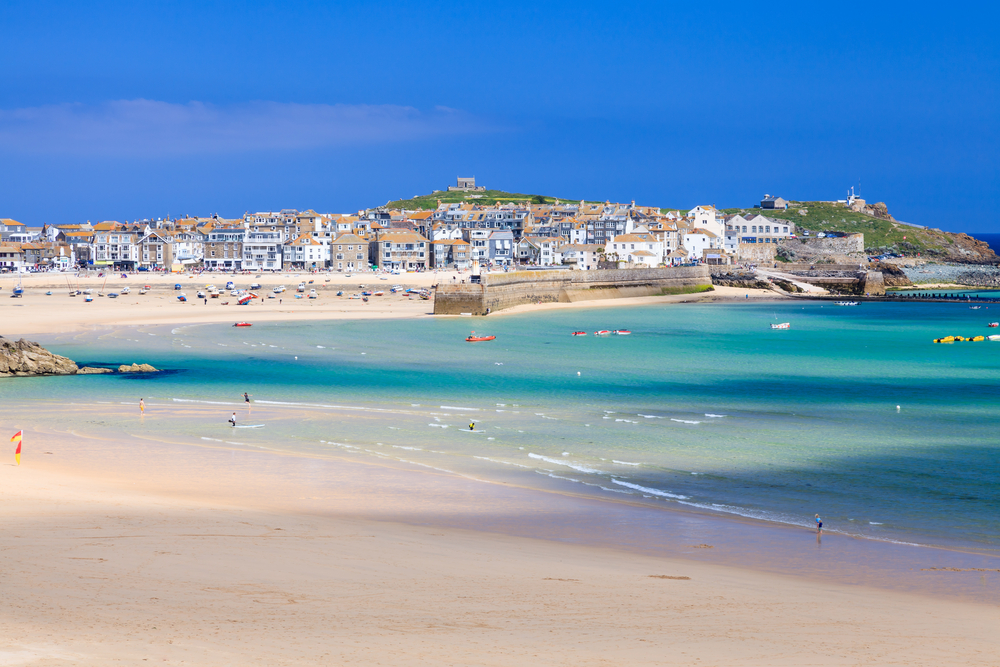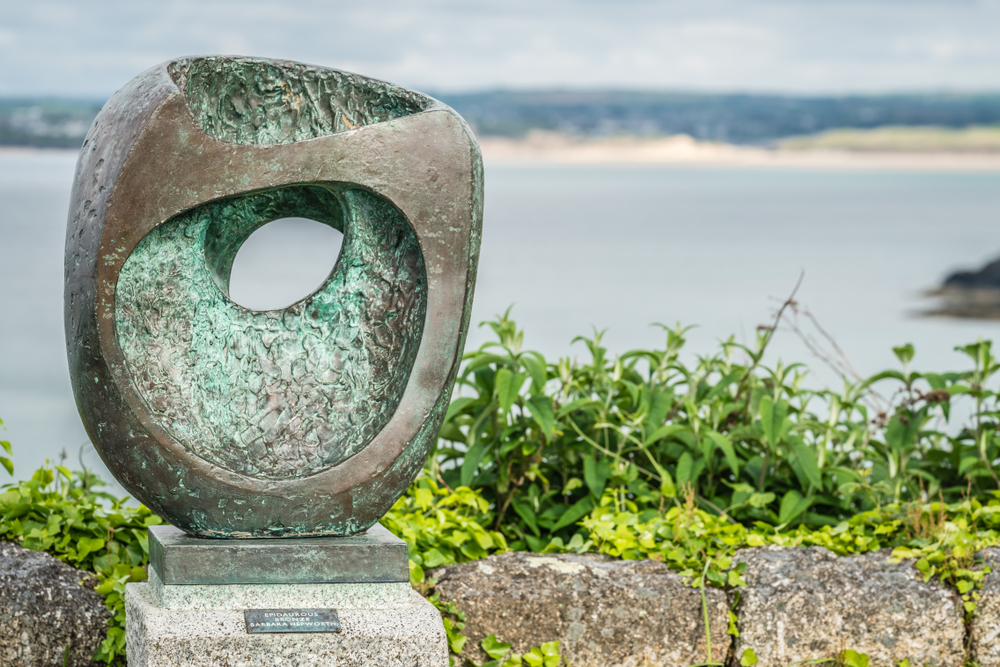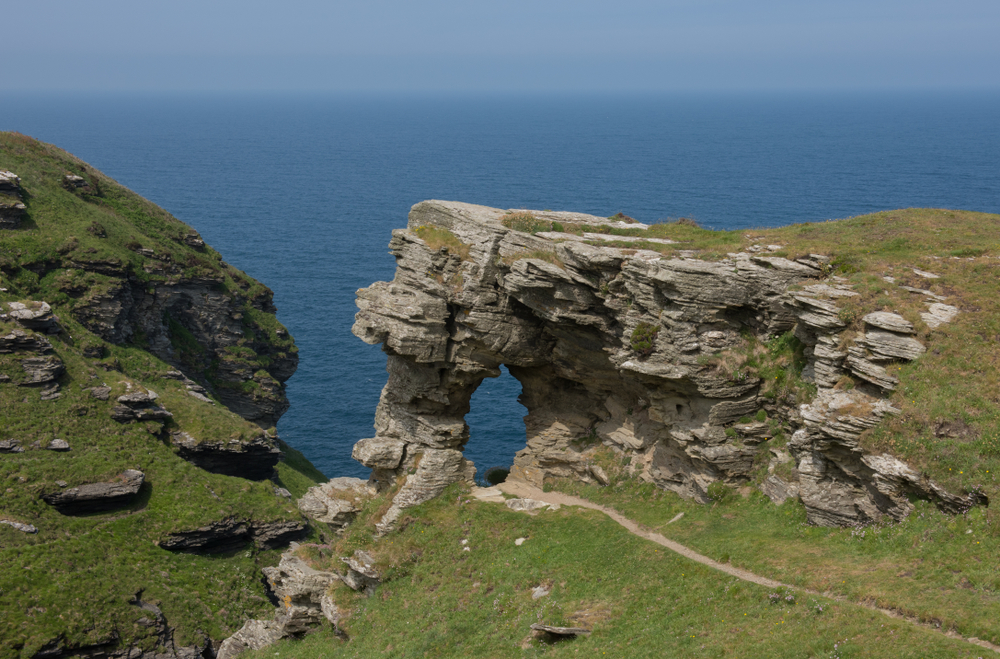Like England itself, the great nation of Cornwall has its very own north south divide. Each part has its own distinct character, geographical quirks and cultural highlights. You’ll find passionate advocates for both areas, but which flavour of Cornwall is right for you?
North: Coastal paradise
The place we call the North, actually refers to a mainly coastal area stretching from Hayle (just above St. Ives) to the Devon border. This dramatic coastline has been shaped over millennia by the waves of the wild Atlantic ocean and is celebrated for its awe inspiring cragginess and wide sandy beaches.
The coast is particularly famous for its surfing beaches, with conditions attracting professionals and beginners alike. Check out our pick of the best surfing beaches here. Families can also find the perfect spot. Whether you’re a rock-pooler or part of the bucket and spade brigade, take a look at our favourite beaches within 15 minutes drive of Padstow.

South: More than a seaside holiday
The southern coast of Cornwall is a more sedate affair, with a much gentler geography. While there might not be quite the drama of the north’s craggy cliffs, the south offers divine sandy coves to explore. The waters are also typically warmer due to their sheltered location in the milder English Channel.
Inland too there are networks of rivers, creeks and inlets to discover. Go sailing along the Fal, the Fowey and the Helford rivers or visit Frenchman’s Creek for one of the south’s defining waterways. Here, ancient oaks cast deep shadows over the waters and it’s like stepping into the Daphne du Maurier novel of the same name.
North: Foodie’s Paradise
North Cornwall is a dream destination for food lovers, with a mouth-watering larder of local produce from land and sea. There’s an abundance of high-profile chefs scattered across this part of the county, including star studded Michelin restaurants from the likes of Rick Stein, Nathan Outlaw, Paul Ainsworth. For more casual dining there are countless more outstanding eateries catering for every taste. Check out our guide to the best here.
South: Artist’s inspiration
Artists have long been drawn to the south, with its extraordinary light and inspirational landscapes. In the early 20th century, an entire school of painters, sculptors and ceramicists made St Ives their home, including Barbara Hepworth, one of the world’s greatest modernist artists. And near Newlyn, the village of Lamorna attracted a community of painters including Alfred Munnings, Laura Knight and Augustus John.
Southern Cornwall also has an impressive literary heritage, most famously Daphne du Maurier, author of Rebecca and many other noted titles, and Winston Graham, whose most famous creation, Poldark, still brings fans to the area. Visitors to the south can also visit locations that inspired some of our great writers including Virginia Woolf, D.H. Lawrence, Michael Morpurgo and John Le Carre.

North: Landscape of Myth
VIsiting the north of Cornwall sometimes feels like stepping into an ancient realm. Tintagel is easily the most iconic structure and, thanks to its connection with King Arthur, one of the most romantic. The castle was built partly on the mainland and is connected by bridge to an island jutting over the Atlantic coast. There’s more magic to explore nearby including Merlin’s caves and the waterfall at St Nectan’s Glen.
Head inland for Bodmin Moor, the most untouched and wild region of Cornwall. Amazingly, given its stunning natural beauty, sites such as Rough Tor, the Cheesewring and Brown Willy (Cornwall’s highest point), remain off most tourist itineraries.

South: Glorious Gardens
Thanks to the gentler climate, the south of Cornwall is blessed with countless fabulous gardens including Trebah, Glendurgan, Carhays and Tregothnan. Most famous are the Lost Gardens of Heligan, 200 acres of garden history and mystery. 30 years ago, Heligan was unknown and unseen; lost to the brambles of time since the outbreak of the First World War. It was only the chance discovery of a door in the ruins that led to the restoration of this once great estate. Today, the Lost Gardens are among the finest gardens in England.

